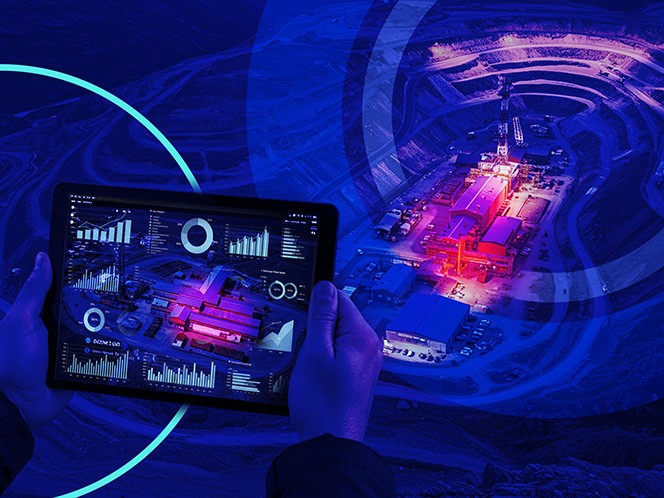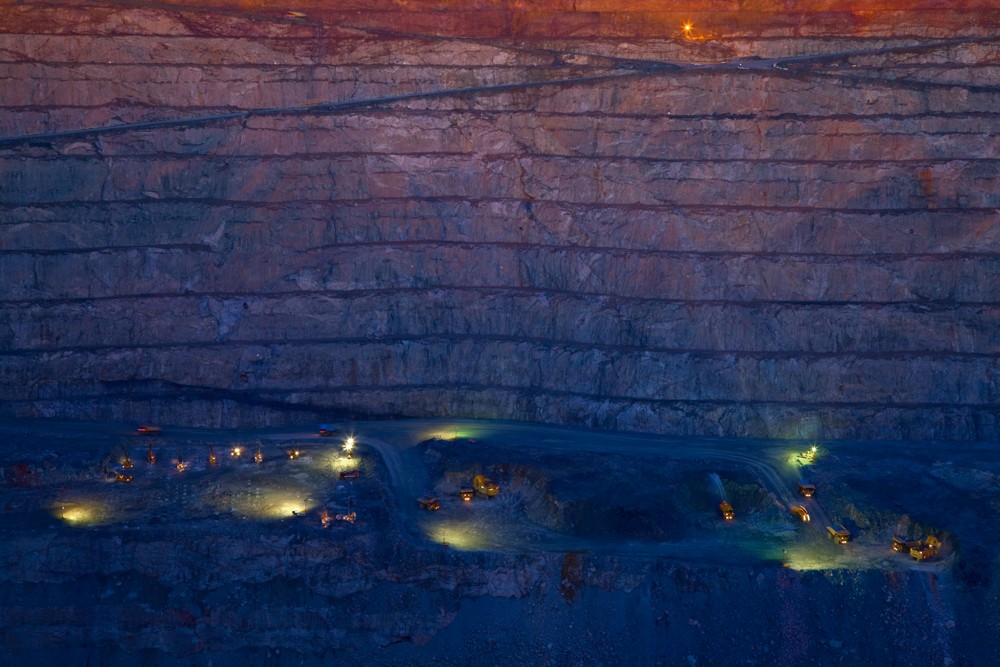The social potential of digital twins
Posted: July 14, 2025

In the mining sector, the operational value of digital twins is—in principle, at least—a widely accepted fact.[1] By pulling together various data streams into a live environment, the argument goes, everyone from the C-suite to shift managers can get a more complete picture of their operations. Armed with this information, the business can unlock significant efficiency gains.
But if everyone agrees on this, why has the mining industry’s adoption of digital twins been so sluggish?
The answer is that mining is a conservative industry, and digital twins are seen as an uncertain route to greater efficiency. When I worked in the business improvement department of a large mine, a digital twin was always just one option among a stable of efficiency-boosting proposals that included everything from lean process optimization techniques to autonomous equipment deployment.
I happen to be a huge believer in the business case for digital twins, but I also think that the conversation around them as drivers of efficiency fails to account for another important reason to adopt them.
Mining has an image problem, and the issues start on our own doorstep. Community engagement—the business-critical process of securing local support for mining activities—is a facet of our industry that remains, frankly, primitive. I believe that digital twins are uniquely positioned to transform how we do community engagement. More than that, they can also help rejuvenate the relationship between the mining industry and wider society—at a time when we need each other more than ever.
How mining does community engagement isn’t working
Consider how community outreach is currently done. When seeking the necessary approvals to set up a new mine, companies will plod through a similar playbook to local politicians. They’ll organize town halls and run consultations. They’ll send canvassers door to door. Sometimes, they’ll even commission a video agency to produce an animated render of how the final mine will look.
These efforts are as elaborate as they are unconvincing—our industry’s reputation precedes us; our assurances are met with suspicion.
Historically, mining’s reputation for lax environmental and safety standards is not undeserved. It’s also out of date, but the general public cannot be blamed for their misperception.
 The Kargoolie gold mine in Western Australia. To the general public, mining is a mysterious business. Getty Images.
The Kargoolie gold mine in Western Australia. To the general public, mining is a mysterious business. Getty Images.
We can’t expect regular folks to know about the stringent permitting and reporting requirements we adhere to, or mines’ environmental considerations and reclamation efforts, or even the PILTs (payments in lieu of taxes) made to local institutions that are designed to ensure communities feel long-lasting benefits. Nor can we expect one-off engagement campaigns to change opinions. People need to see for themselves how much the industry has changed.
Yet when it comes to communicating how much our industry has changed, we appear to be fresh out of ideas. We’re so unable to communicate effectively with communities that last year one of our industry bodies called for governments to broker local support for us.
Digital twins can build trust through transparency
What’s the best, most convincing, most immersive way of showing people how our industry works today? You guessed it: a digital twin.
A live, 3D representation of a mine, which the public could explore at their leisure, would be even more powerful than a guided tour of the actual site because it would be open 24/7 and less susceptible to accusations of curation or manipulation.
Of course, commercially sensitive data layers could be omitted, and miners could put security measures in place that give access to the digital twin only to people who live nearby.
I know what you’re thinking. Is a digital twin like this really feasible? Having built one myself, I assure you it is. Operational data is being generated in great detail by most mines, and regulatory requirements mean we’re reporting on a lot of the environmental factors that concern communities. In short, the data already exists; pulling it all together into a 3D environment isn’t exactly child’s play, but it is doable.
Proof of that can be found in other domains, most notably in the world of smart cities. In 2023, Singapore unveiled a digital twin, much like the one I’m describing, of the entire city-state. Its primary purpose was to improve urban planning and management—but it was also accessible to all residents.
The thinking behind the Singaporean government’s decision to open up its digital twin is obvious: transparency fosters trust. That logic is self-evident in the shared environment of a city, but it applies just as well to the mining industry.
Many existing and potential mines are on indigenous land, or in environments otherwise cherished by local communities. The economic benefits of a mine may readily appeal to people’s heads, but their hearts often remain set against companies that arrive, show them a glitzy animation, then fence off the land and do who-knows-what to it for many years. In the absence of information, people’s imaginations run wild. A Singapore-style digital twin would strip away the mystery and reveal the extent of a modern mine’s reclamation efforts. Transparency would foster trust.
Mining needs to get back into the spotlight
Mining is often talked about as modern civilization’s “dirty secret.” That line doesn’t hold up to scrutiny, but it does speak to our industry’s retreat from the public consciousness.
In many countries, mines used to be an abundant source of good jobs. Working conditions left much to be desired, but the industry’s contribution to society was well understood. As the share of people directly involved in mining has dwindled, that understanding has withered away.
With population growth, economic development and the energy transition all in full swing, we need new and better mines. Yet, due in part to a poor understanding of the industry, we are struggling to attract the necessary investment and talent.
Embracing digital twins won’t be enough on its own, but in making our activities more visible, and as evidence of our industry’s modernization, they could help generate fresh interest in mining among investors, policymakers and young engineering talent. That would be a good thing for mining; it would also be good for the rest of society.
[1] See recent articles by mining giant BHP and EPC Worley, plus pieces in media outlets like Forbes and Mining Technology. Or even this publication’s own piece on how the industrial metaverse will power Mining 4.0.